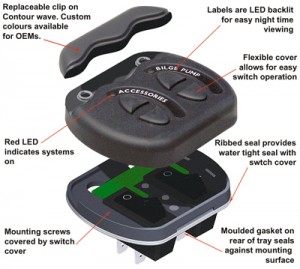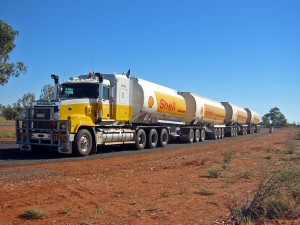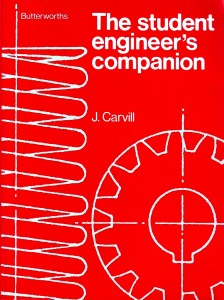I just can’t believe how ugly cars have become.
Surely, when assessed from 50 years’ hence, the first part of the 21st century will be viewed as the all-time nadir in car styling.
There’s no point in giving examples – simply look at all the cars around you. Jarring discordance as stylists mix flat and rounded and sharp and fussy, no apparent clean-sheet designs – just variations in copying a handful of (awful) themes.
I read somewhere how someone really liked the look of a recent BMW. Surely they must be joking? These cars are fundamentally stylistically flawed; the fact that others copy them simply shows the imitating designers’ aesthetic limitations.
Sure, some current cars look fashionable – but are they well styled, good looking, or even beautiful? Only someone visually impaired could possibly think so.
Look at today’s shapes and then think of past cars.
The original Porsche Boxster? One of the best styled cars ever.
Many – in fact a majority – of the 1950s American machines? Gloriously sweeping sculptures of chrome and metal and glass.
The 1930s Cord? Incredible.
The E-Type Jaguar? Incomparable.
But even stepping away from the exotic and looking at the humdrum: the Holden HQ Monaro? So tightly drawn, those rear bulging haunches of muscle.
Even the last Monaro – in its initial (non-nostril) form, one of the best looking cars I have ever seen.
The XD Falcon? Superbly proportioned example of the folded-edge school of design.
Even the Mini – the original; not the bloated and absurd recent pretender to the name. The Mini made industrial design fashionable: utterly different from taking fashion and applying it to industrial design.
So tell me, what are some new-shape cars being sold today that are well styled, and that will be regarded as so in many years? Not cars that are fashionable within the context of today’s horrible design cues, but are in fact timeless?
I can’t think of any.
Can you?
 If you are building your own car, the cheapest source of automotive parts will be found at the wrecker. That statement applies to all components – everything from suspension to engine to instruments.
If you are building your own car, the cheapest source of automotive parts will be found at the wrecker. That statement applies to all components – everything from suspension to engine to instruments.
 Julian Edgar, 50, has been writing about car modification and automotive technology for nearly 25 years. He has owned cars with two, three, four, five, six and eight cylinders; single turbo, twin turbo, supercharged, diesel and hybrid electric drivelines. He lists his transport interests as turbocharging, aerodynamics, suspension design and human-powered vehicles.
Julian Edgar, 50, has been writing about car modification and automotive technology for nearly 25 years. He has owned cars with two, three, four, five, six and eight cylinders; single turbo, twin turbo, supercharged, diesel and hybrid electric drivelines. He lists his transport interests as turbocharging, aerodynamics, suspension design and human-powered vehicles.



